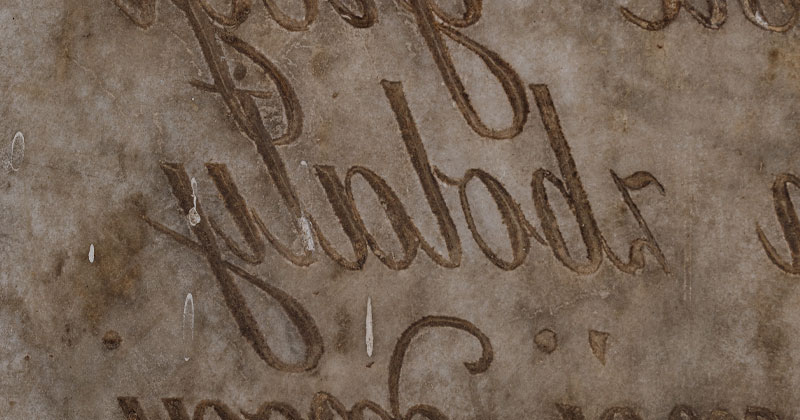This is the history of paper, if you couldn’t tell by the title. This is a direct quote from Wikipedia. I have kept all the links from that section so that you can learn all about the other things they talk about.
The oldest known archaeological fragments of the immediate precursor to modern paper date to the 2nd century BCE in China. The pulp papermaking process is ascribed to Cai Lun, a 2nd-century CE Han court eunuch.[2]
It has been said that knowledge of papermaking was passed to the Islamic world after the Battle of Talas in 751 CE when two Chinese papermakers were captured as prisoners. Although the veracity of this story is uncertain, paper started to be made in Samarkand soon after.[3] In the 13th century, the knowledge and uses of paper spread from the Middle East to medieval Europe, where the first water-powered paper mills were built.[4] Because paper was introduced to the West through the city of Baghdad, it was first called bagdatikos.[5] In the 19th century, industrialization greatly reduced the cost of manufacturing paper. In 1844, the Canadian inventor Charles Fenerty and the German inventor Friedrich Gottlob Keller independently developed processes for pulping wood fibers.[6
Now, with all that interesting information about Friedrich Gottlob Keller and Charles Fenertry independently developing the processes of pulping wood fibers, you may be wondering what wood pulping is. So, I’ll let Cut of Wood tell you.
Wood pulp is from trees, cotton and other plant materials. This is a lightweight, strong material that is safe to use and ingest. Wood pulp is so easy and cheap to manufacture. During the paper making process, wood pulp is made by breaking down recycled paper or wood chips but there are also different ways to produce wood pulp depending on which type of product that needs to be manufactured. The following are the most common types of wood pulp used.
With that information we can see that wood pulping is not just from trees but from cotton and other plant material. I could go on but I won’t so that’s the end of the history of paper blog.

0 thoughts on “The History of Paper”